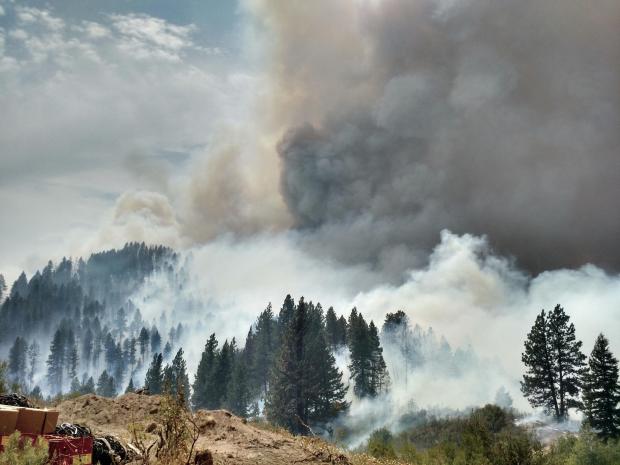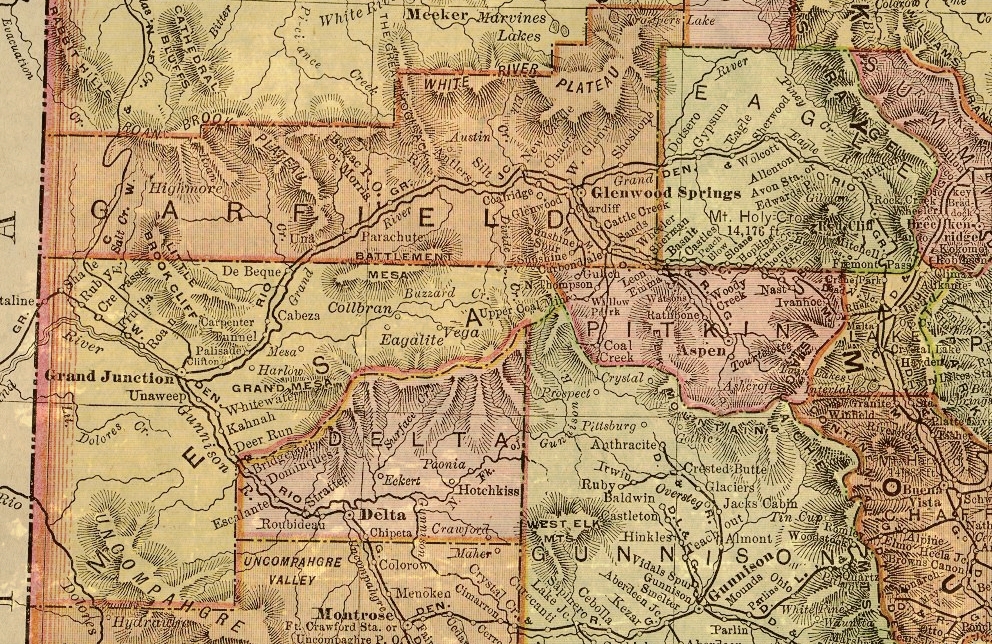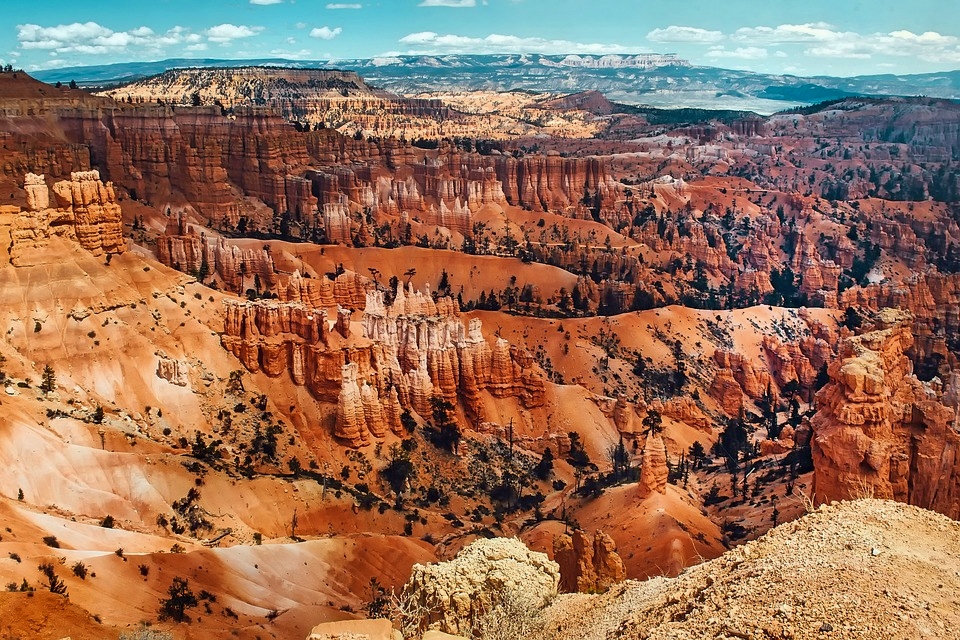The more concerned people are about climate change, the more they should be interested in active management to restore forest health. Yet many of the groups pushing urgent climate policies are the same groups that continue to fight logging, thinning, and other management necessary for healthy forests. The result is more of the same disaster we have seen unfolding for over 20 years: dead and dying forests, catastrophic wildfires, habitat devastation, loss of property and lives, and destruction of wildlife.
Greg Walcher, Natural Resources Group
A Serious Climate Opportunity
For years, politicians have waged war on coal, stifled oil and gas production, and advocated carbon taxes and other extreme measures to reduce carbon dioxide, while ignoring one of the most important things they could do to help. It reminds me of my own lifelong battle with weight and the associated health issues. I get so frustrated that I sometimes swear I would do anything – anything! – to lose weight. Well, anything except eat less and exercise. But anything else.
That same kind of hypocrisy rants about our carbon dioxide emissions. Its adherents drive cars, heat their homes, and sometimes even turn on lights. A popular bumper sticker screams, “TREES ARE THE ANSWER.” Yet when it comes to managing our national forests, many of those same advocates look away while millions of acres of once healthy trees die, fall down, rot, and burn up. It is ironic because those forests provide the world’s greatest resource for cleaning carbon dioxide out of the atmosphere.
As Colorado State Forester Mike Lester testified last week, “When so many trees die and large wildfires follow, our forests quickly turn from a carbon sink into a carbon source.” Trees absorb carbon dioxide as people absorb oxygen, and that balance is critical to sustaining life, as we all learned in grade school. Yet instead of doing everything in our power to make sure there are thriving forests of healthy trees, we allow them to die and burn and thus belch millions of tons of carbon dioxide into the air. Lester’s excellent testimony, before a joint state legislative committee, accompanied the release of the annual Report on the Health of Colorado Forests. This year’s report, compiled by the Colorado State Forest Service, is the worst ever, and hardly anybody noticed. There was no outcry from global warming alarmists around the world, as there should have been. In fact, their silence on this issue is deafening.
The more concerned people are about climate change, the more they should be interested in active management to restore forest health. Yet many of the groups pushing urgent climate policies are the same groups that continue to fight logging, thinning, and other management necessary for healthy forests. The result is more of the same disaster we have seen unfolding for over 20 years: dead and dying forests, catastrophic wildfires, habitat devastation, loss of property and lives, and destruction of wildlife.
The new forest health report shows that over the last seven years, the number of dead standing trees in Colorado forests increased almost 30 percent, to an estimated 834 million dead trees. There are billions across millions of acres in the other Rocky Mountain states. The report makes clear that this continuing trend of tree mortality can lead to large, intense wildfires. In fact, it is only a matter of time if the Forest Service does not act.
Ironically, the most productive forest health restoration projects in our State have been partnerships of the State Forester with water providers like Denver Water, Northern Water Conservancy District, and Colorado Springs Utilities. That’s because 80 percent of Colorado’s population depends on water that comes from the national forests. But the U.S. Forest Service, which owns almost all of the forestland in the State, continues to work with its hands tied behind its back, its timber programs woefully underfunded and vast sums syphoned off every year for fire suppression. That ought to be funded separately, so that active management of healthy forests is not the perpetual lowest priority. The agency spends a fortune on planning, writing reports, and defending itself against environmental lawsuits.
What a golden opportunity for a new Administration and a new Congress. Reversing this demoralizing trend would restore forests, bring back thousands of forest products jobs, revitalize rural economies, and do more to reduce carbon dioxide than any previous policy. The last Administration created the Office of Sustainability and Climate Change, and Regional Climate Change Hubs, maintained a Climate Change Adaptation Library, mapped drought frequency and intensity, and created massive reports. One was a vulnerability assessment for the Southwest and California, titled “Southwest Regional Climate Hub and Climate Subsidiary Hub Assessment of Climate Change Vulnerability and Adaptation and Mitigation Strategies.”
All this activity is impressive, and scientific study will always play a role. But none of it actually affects climate change. Growing healthy trees would. Can we get back to that? Or like me and my weight problem, are we willing to do anything to address climate change, except the one thing that might help the most?




